20 villages and towns in Tuscany that are worth visiting
The charm of Tuscany is in the small picturesque towns and villages spread throughout the valleys and hills. They’re called “borgo” in Italy and are just as great to visit as the large cultural centers. They do everything they can so that their lives don’t suddenly end. Every year they choose the most beautiful borgo in the regions, make guidebooks, and attract tourists with local celebrations and festivals.
We’ve made our own list of towns and villages in Tuscany that are worth visiting. Use a rental car to conveniently and quickly travel around and see many more places. For your convenience, we have a car route through Tuscany on our site.
The most beautiful places in Tuscany
Vinci
You’re not mistaken: this town near Florence is where Leonardo da Vinci was born. The main tourist sites in Vinci are the artist’s museum and home where he was born. The museum in the Guidi castle is decorated by Leonardo’s creations, and travelers can climb the tower and look out at the surroundings. Nearby, in the suburb Anchiano, there is a reconstruction of a modest one story building from the 15th century. The world-famous genius was born in a very similar place.
Certaldo
You’ll run into the famous name Boccaccio everywhere in Certaldo, a little town near Florence. You’ll see his house, his monument, his trattoria and more. Upper Certaldo, which is where the cableway goes, is older and much more interesting than Lower Certaldo. All the walls are made from red bricks, and the highest point in the city has a museum, the Palazzo Pretorio. Certaldo is famous for its exotic onion meals. It seems the prototype Cipollino onion was originally from here. The local onions are put in everything in unbelievable amounts, made into jam, and sold to tourists.
Greve in Chianti
As you may be able to guess, this city is famous for the Tuscan red wine, chianti. However, like many places in Italy, the architecture is remarkable as well. The triangular Piazza Matteotti is quite nice. You’ll also find arcades, the Duomo, a town hall, and black roosters, which are the symbol of the Chianti valley. Try to time your visit to Greve in Chianti for a Saturday morning, because the main square has a food market. You’ll find several wine collections and samples with tasting halls and are likely to find a wine you like.
You can try the famous red wine in two samples and enjoy the picturesque hills on an interesting tour. You can find more information here.
Greve in Chianti: book hotel in
San Gimignano
San Gimignano is often called medieval Manhattan. It’s a very atmospheric small town in Tuscany. Have you heard of the towers that were built here by every famous family to demonstrate their wealth to their neighbors? Now there are only 13 towers left and they’re all on UNESCO’s world heritage site list. Spend a night in the 3-star Hotel Bel Soggiorno for 90 Euros and enjoy the view of the Tuscan valley, go to the local Duomo and the triangular Piazza della Cisterna.
Monteriggioni
This town is surprising because it’s completely surrounded by fortress walls that remain from the Middle Ages. Even Dante mentions the 14 towers of Monteriggioni since they were so impressive. Tourists like to walk along the fortress walls. You’ll also want to go to one of the trattorias on the square and try the legendary Tuscan steak, Florentina. The city’s main square, Piazza Roma, has a typically medieval appearance. There are artisan fairs in July where you can see dishware, weapons, cloths and shoes being made.
Volterra
Volterra is probably the gloomiest of the towns in Tuscany. It’s clear that the creators of the Twilight movies felt this, since they filmed a few scenes here. This city has seen many things. There are ruins from Etruscan times in an archeological park, remains of the Teatro Romano, the Palazzo del Priori from the time of Florentine rule, and the Medici fortress that houses a prison. Volterra is also a center of alabaster working, so many tourists buy something made from alabaster as a souvenir.
Montecarlo
Montecarlo is another wine-making center in Tuscany. The local blended wines Montecarlo Bianco and Montecarlo Rosso are protected by a geographical symbol. They’re bought and tasted in wine tastings or in wine museums. In the years since military conflicts, the city has been surrounded by a fortress with three towers and gates that the locals are very proud of. Another reason the locals are proud of their town is the miniature theater that has 180 seats and is completely restored and designed for modern productions.
Borgo a Mozzano
The picturesque town Borgo a Mozzano is known for its unusually humped bridge. It’s officially named Maria Magdalene, but is more frequently called by a more evil name: the Devil’s Bridge. At the bridge’s highest point, it bends, but that point isn’t in the middle. It’s close to the edge instead, and this makes the bridge look like a donkey’s back. However, it looks beautiful, especially when the river is calm. The stone arches blur into their reflections and create an almost perfect circle.
Borgo a Mozzano: book hotel in
Montalcino
Montalcino is unconditionally famous for its Brunello di Montalcino wine. Here on the green hills among the coppices of live oaks, the Sangiovese grapes grow. The wine is wonderful on its own, but it pairs magnificently with music during the Jazz and Wine in Montalcino festival in July. The soul of the old medieval town is supported by a fortress with towers, a town hall and a clock tower with one arrow on the Piazza del Popolo square.
Bagno Vignoni
The village Bagno Vignoni has an unusual central square. It features a stone pool filled with water from volcanic hot springs. There aren’t many people here, but the town doesn’t disappear thanks to tourists who come to warm their feet even in the winter. It’s forbidden to do this in the main pool, but you can dip your feet in the canals. At some point the thermal water was used in mills that kept running even during droughts. Now the ruins are called the mill park.
Pienza
Pienza is a town in the Val d’Orcia valley, which is famously depicted in Renaissance paintings of Tuscany. The recipe for such a painting is green hills, cypress trees and twisting ribbon roads. Pienza itself is famous for being the place where the first urbanist in the 15th century, Pope Pius II, worked. He decided to build an ideal Renaissance city in his home village, designed from a specific plan around the main square. Whether or not it worked is up to you to decide when you get to Pienza. While you’re there, you can try the Pici pasta with truffles and go to the palazzo from the movie “Romeo and Juliette.”
Montepulciano
Montepulciano is a city with flowery mannerisms and Etruscan culture. It impresses with its palazzos, the clock tower where an Italian Rooster hits a bell with a hammer, the town hall and its Assumption of the Virgin. The Nobile de Montepulciano wine is made here, and you can see how it’s made. This city is worth staying in for a couple days. You can stay in any hotel in the central part of the city or on the edges.
Such small towns are best to visit during a tour of the region, like this one.
Cortona
Cortona is a town that was founded on Monte Egidio in years BC. The city still has narrow medieval streets and neat buildings. There are many churches here, but the most interesting one is the Saint Francis Church depicted by the works of Signorelli and Fra Angelico. The architect and art historian Vasari was also born here. There’s a fortress on the mountain top called Medici. Tourists come here for music festivals, pictures, and literature, and especially on holidays, to enjoy Florentine steak.
Anghiari
The town Anghiari is on top of a tall hill, surrounded by well-preserved fortress walls. There was a battle here in the Tiberius valley 600 years ago, when the Florentines preserved their control over Tuscany. To memorialize this event, there is a museum in town that puts on a reenactment in June called “The Battle of Anghiari.” Otherwise it’s a peaceful town that has artisan and music festivals, as well as harvest festivals. You’ll enjoy wandering among the short buildings that are decorated with wooden blinds and many colors.
Sansepolcro
The city Sansepolcro is world-famous as the birthplace of Piero della Francesca, an Early Renaissance painter. You can see his fresco The Resurrection, called the greatest painting in the world by the English writer Huxley, in the city museum. The Cathedral of St. John the Evangelist has Perugino’s Ascension of Christ decorating it, as well as a 10th century wooden crucifix. Every September, Sansepolcro hosts traditional crossbow competitions called the Palio della Balestra.
Chiusi
Ancient Chiusi seems to stand on crossroads of eras and peoples. Locals, Romans, Barbarians and the first Christians all lived here. The city is called an Etruscan treasure. The era of the Etruscans is showcased in the city’s archeological museum, and the picturesque valleys house Etruscan burial sites. There are many unusual churches and buildings here, including the Byzantine Saint Secondiana cathedral, the Santa Maria Novella church that has a bell tower, the Saint Leopold church, two catacomb systems and an underground passage.
Radicofani
Radicofani is pierced by the rough Middle Ages and is absolutely worth visiting. The labyrinth of narrow streets is surrounded by grey walls decorated with house plants and flowers. You’ll find the humble San Pietro church and an old fountain. It’s best to see the city from the hill that has the fortress walls. This fortress is tightly connected to the name Ghino di Tacco, an Italian Robin Hood. His fame has lived through the ages: he’s depicted in one of the Decameron novellas and people made a monument for him.
Pitigliano
Pitigliano impresses travelers immediately. It’s one of the most picturesque places in Tuscany. The city seems to grow out of a tough cliff surrounded by green valleys, and at night it lights up beautifully. The city was carved into the rock by the Etruscans, and has a ton of stairs, bridges and viewing platforms. Pitigliano is called Jerusalem by Tuscans. There’s been a large Jewish community here for five centuries. The Christian Duomo and synagogue exist harmoniously side by side. The local dishes made from boar are loved by tourists and you can also try sfratto here. It’s a Jewish delicacy that’s in the shape of a roll.
Giglio Castello
This tiny village is located on a cliff on the Tuscan island Giglio. It’s small, but proud, with fortress walls, its own castle and San Pietro cathedral. Giglio Castello has a wonderful view of the Tyrrhenian Sea and the Elba, Corsica and Montecristo islands. It’s a great destination for cruises and mountain biking. You can try original dishes here made from wild hare or mollusks.
Giglio Castello: book hotel in
Have a great trip to Tuscany!

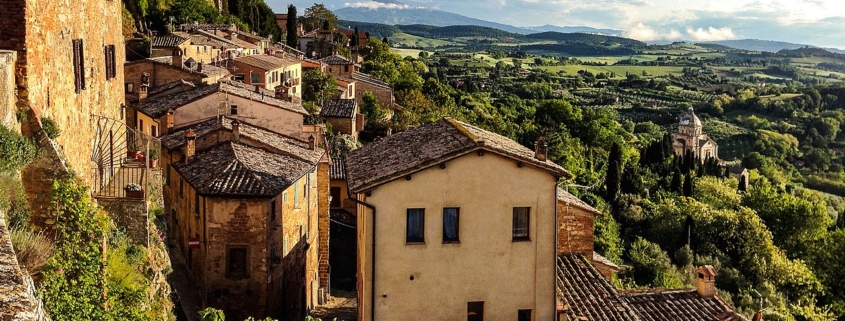

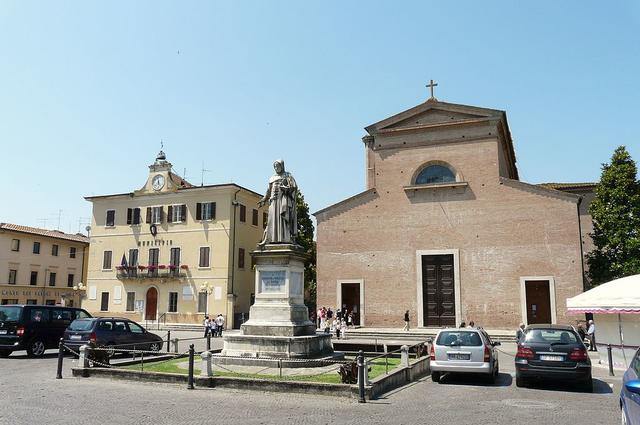
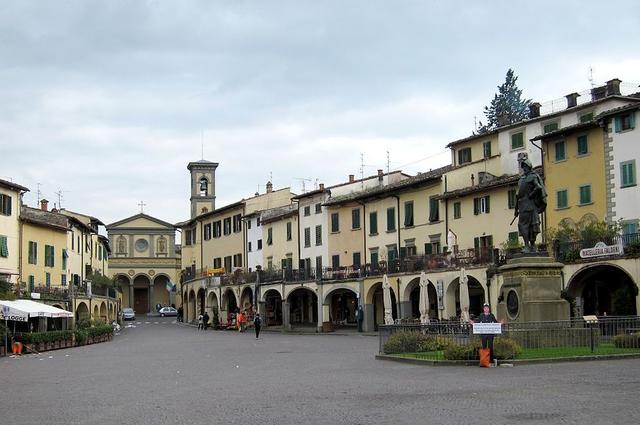
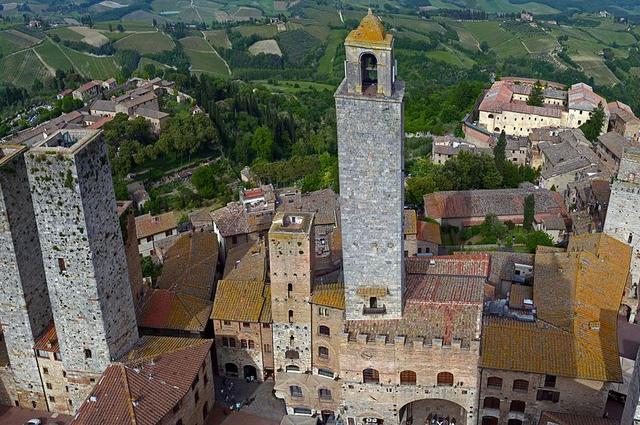
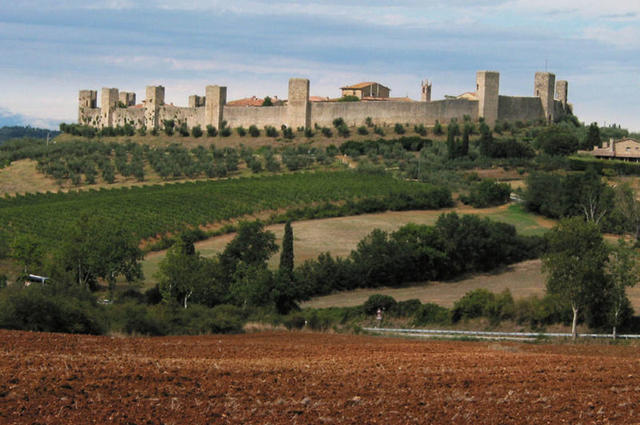
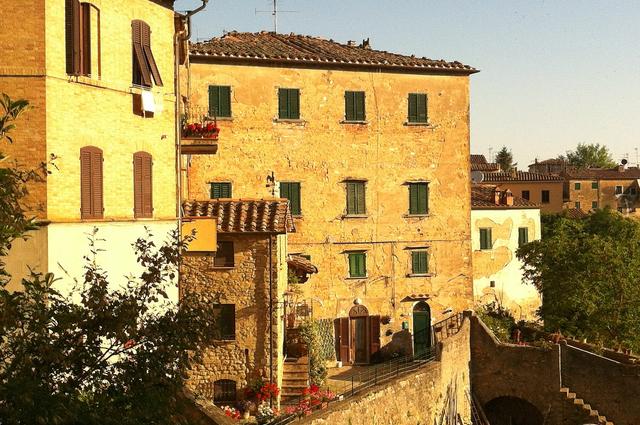
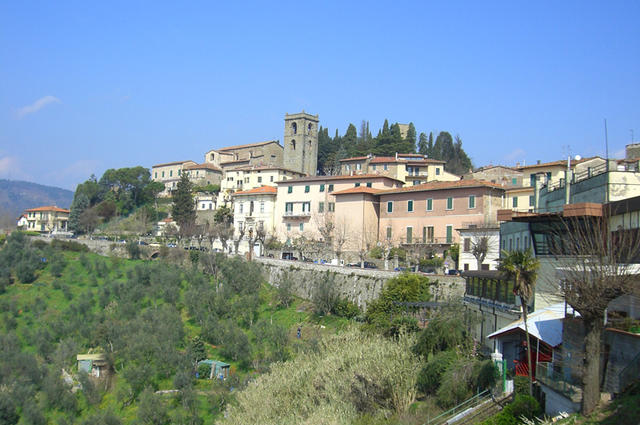
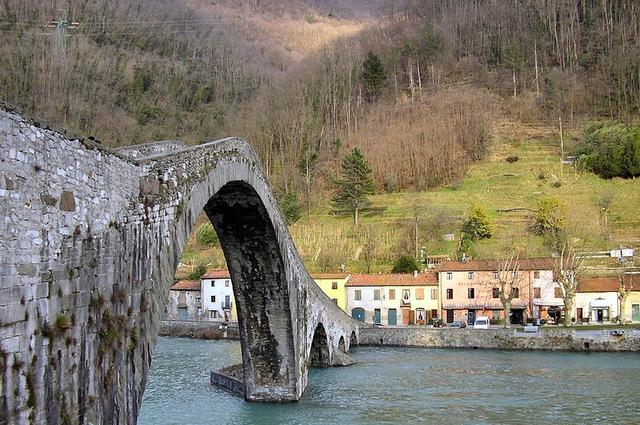
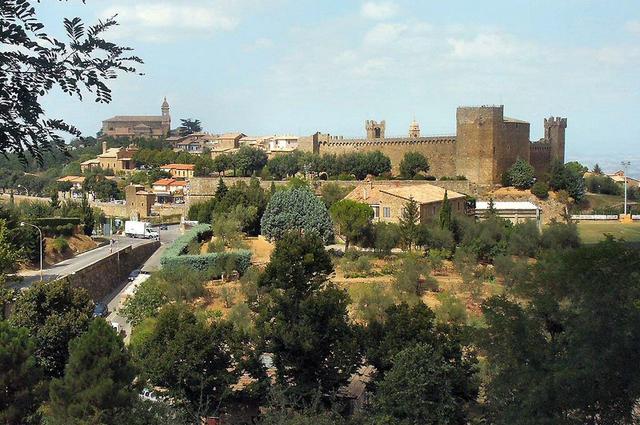
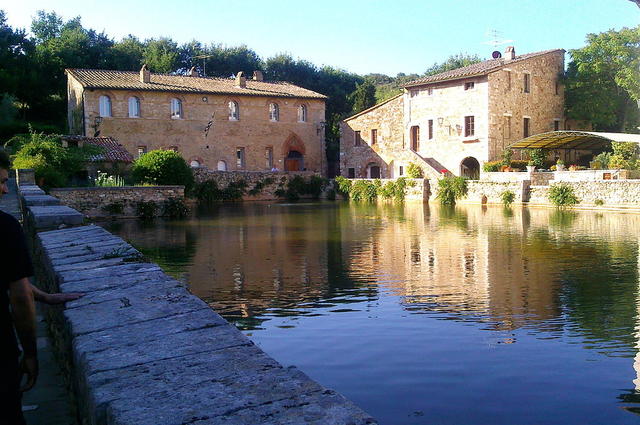
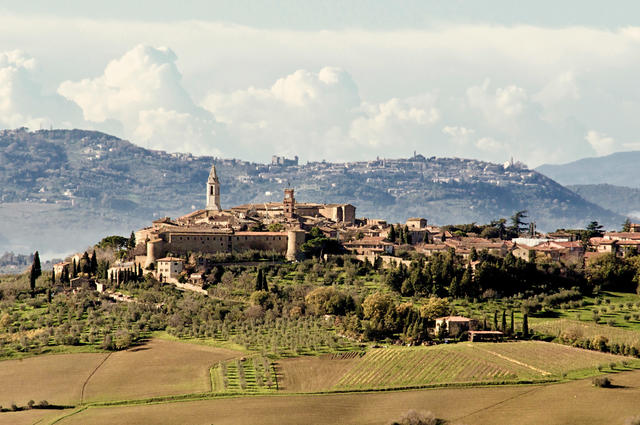
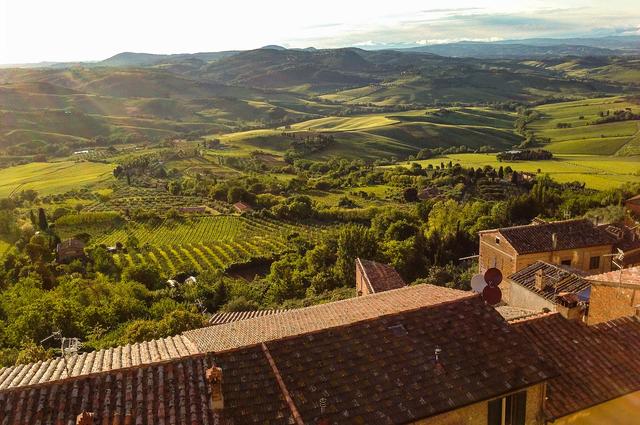
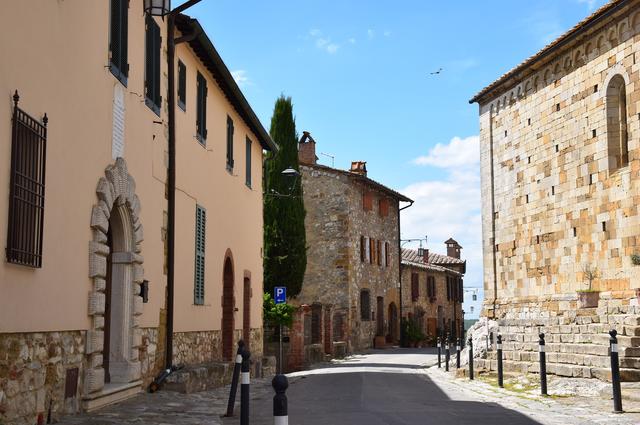
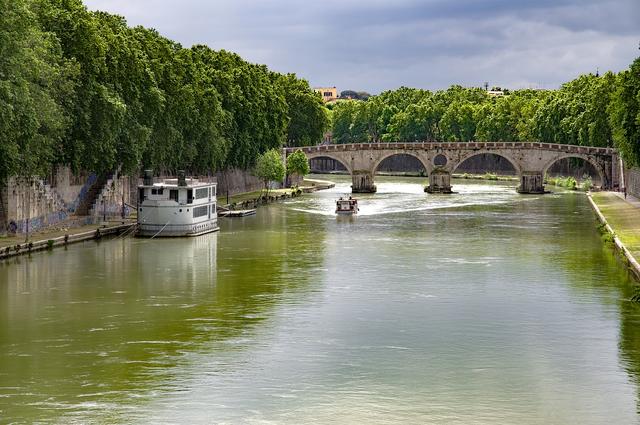
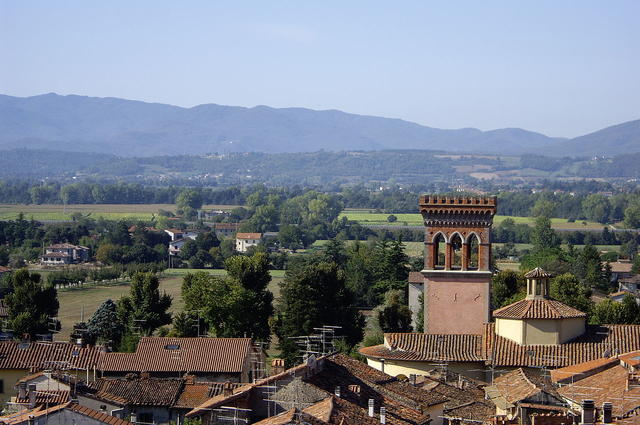
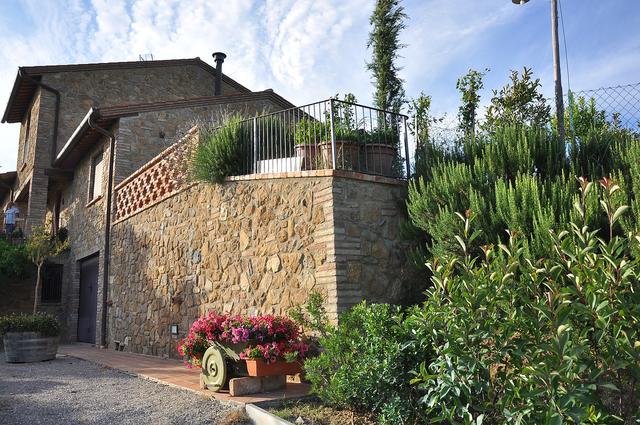
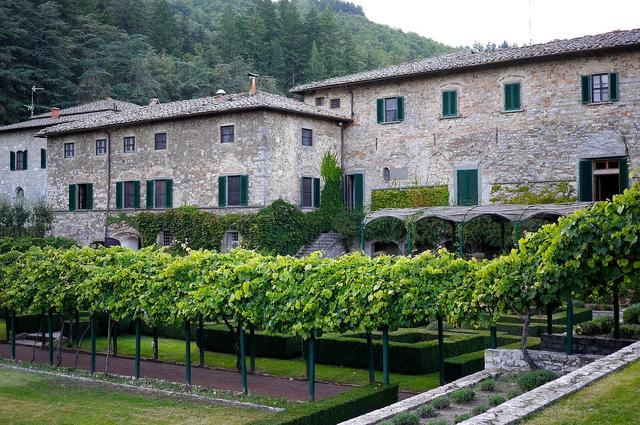
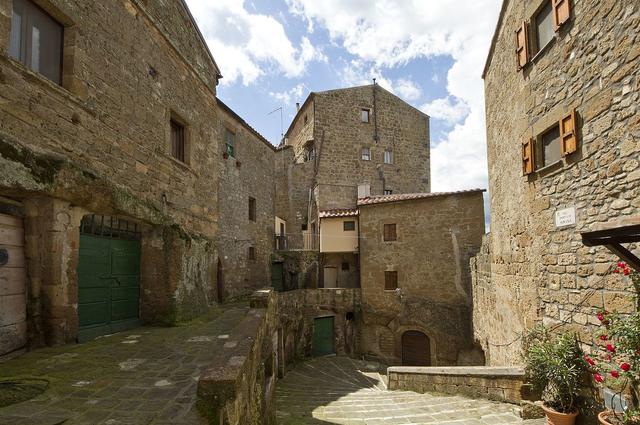
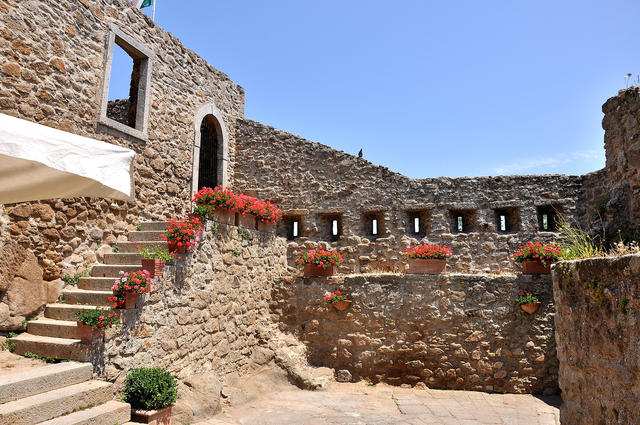


Leave a Reply
Want to join the discussion?Feel free to contribute!